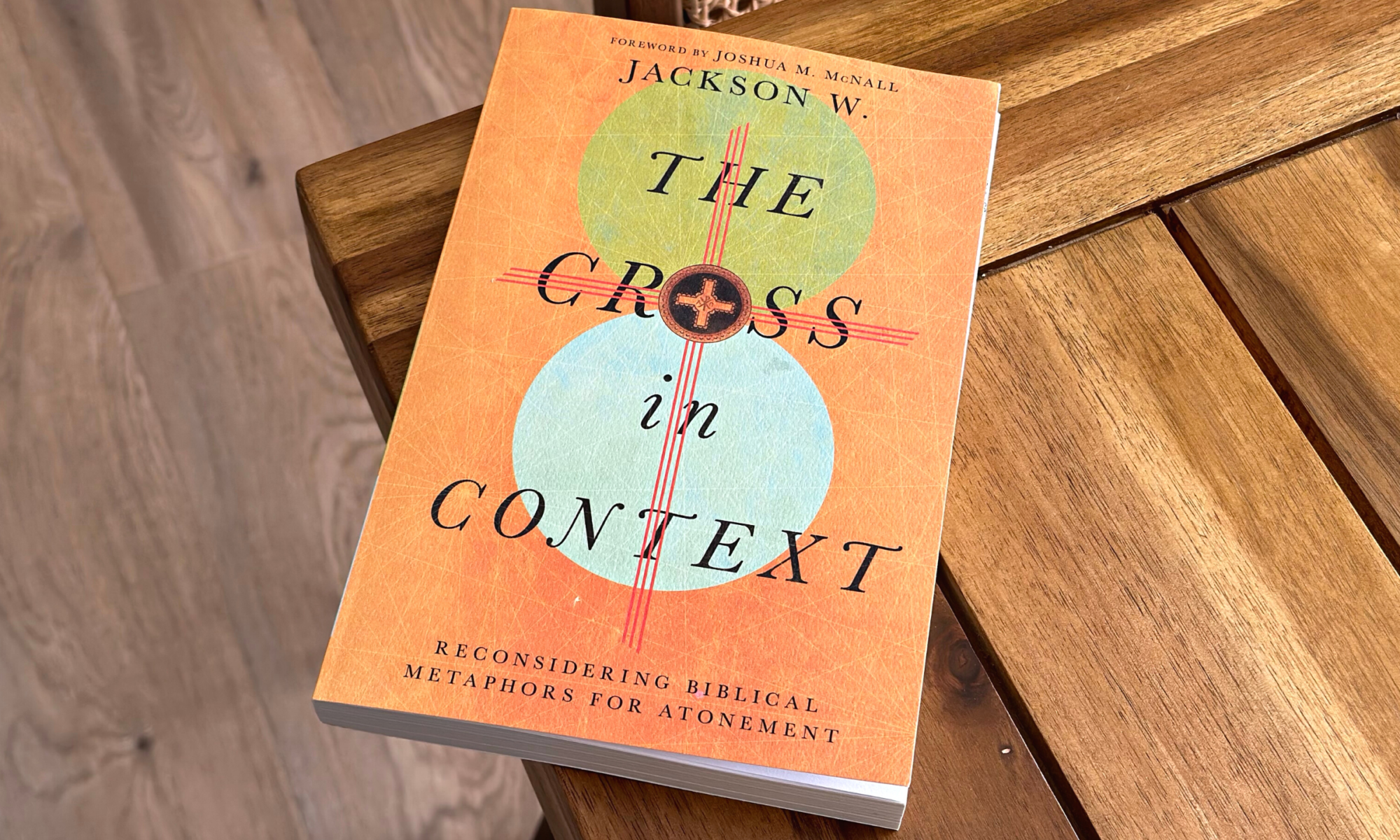What does the atonement actually mean? In The Cross in Context, Brad Vaughn (formerly Jackson Wu) walks you through reconsidering biblical metaphors for atonement.
A Better Biblical Context
Vaughn begins the book by lamenting that the church is divided over different theories of the atonement. His aim in writing this book is to guard church unity, clarify as well as add cohesiveness to the theories, and then provide better biblical context for what the atonement actually means.
Vaughn says that the OT sacrificial system has been simplified to a fault, especially by focusing on animal sacrifices. He defines what it means to be holy, common, clean, and unclean. In Chapter 3, Vaughn looks at the different offerings, including burnt offerings, grain offerings, and peace offerings. He spends the most time examining an offering for the purpose of reconciliation, where blood binds a person to the altar—and, symbolically, to God.
Vaughn reveals two key insights: First, sacrifice is not about the shedding of blood; it is a burning rite that yields a pleasing aroma to God. Second, a gift given in pure devotion to God is most holy and therefore cannot be redeemed. It belongs to God alone.
Honor, Shame, and the Sacrificial System
It is here where Vaughn steps back to define atonement as removing whatever barrier exists between the worshiper and God, including uncleanness and sin, to seek God’s favor. He writes that forgiveness and atonement follow after an offering is burned on an altar, not the shedding of blood. That’s when the unclean is made clean, and consecration can occur. “Blood makes atonement for people’s lives because blood is seen to contain life. It represents the giving of one’s life to God.”
The jewel of this book is how Vaughn shows a relationship between honor, shame, and the sacrificial system. “Specifically, the sacrificial system (e.g., the process of giving a reconciliation offering) aims to honor God such that he removes our shame by atoning for sin.” This interpretation draws from the entire biblical canon, highlighting the fact that the sacrifices prescribed in the OT should glorify God. This honor-shame perspective is eye-opening. “The offerings function to restore God’s honor, which is defamed by human sin. Because God accepts a sacrifice, his people will not be put to shame.” Vaughn adds, “As a reconciliation offering, Christ bears our shame by giving to God the glory due his name.”
A Stronger Love for Christ and his Cross
The second half of the book examines three fundamental ingredients that make a biblical theology of atonement: purity, debt, and burden. What most intrigued me was to see Vaughn answer the question: Does the Father punish the Son? It is here where he shows his hand: “We have no reason to say that a substitute vicariously receives the punishment otherwise due to the guilty party.” Vaughn bases this on the fact that “we cannot find any verse that explicitly states that God’s wrath is poured out on the Christ,” and “we also cannot find any verse that explicitly states that God’s wrath is poured out on a reconciliation offering.”
To be clear, Vaughn does not dispute penal substitutionary atonement as a valid view and an interpretation held by many. However, he does want us to challenge some thoughts about this doctrine and closely examine it with what’s written in Scripture.
Vaughn concludes the book by showing how viewing the atonement in this way has several implications and applications. Most moving to me is that our gospel presentations can have a redirected focus on the coming victory of God amid our suffering despite his apparent absence from our lives. It also calls us to have a heightened sense of Scriptural context as we cherish the cross of Christ.
While I do not agree with some of Vaughn’s conclusions, I found his insights in the honor-shame context of the cross to be sanctifying. I come away with a stronger love for Christ and his cross.
I received a media copy of The Cross in Context, and this is my honest review. For more, visit our new Books and Reviews page — your one-stop resource for all of your reading needs. It features Asian American authors and issues, book recommendations, and interviews.

